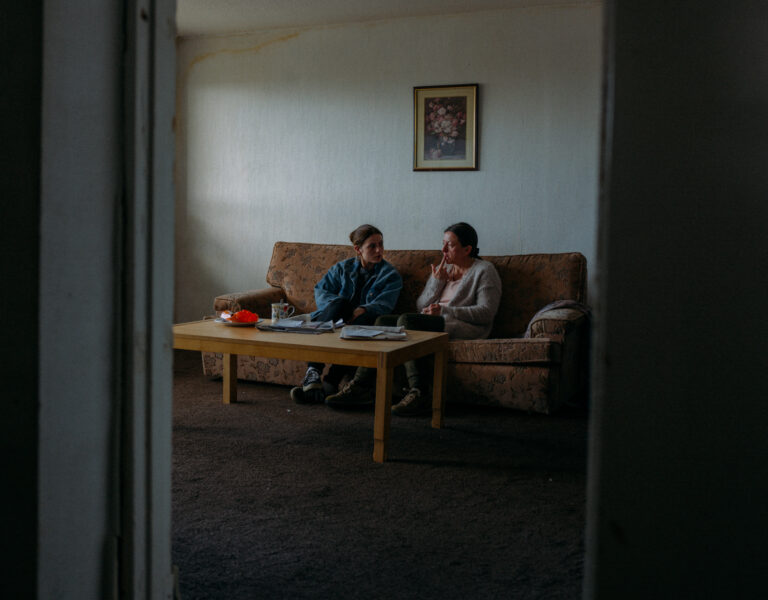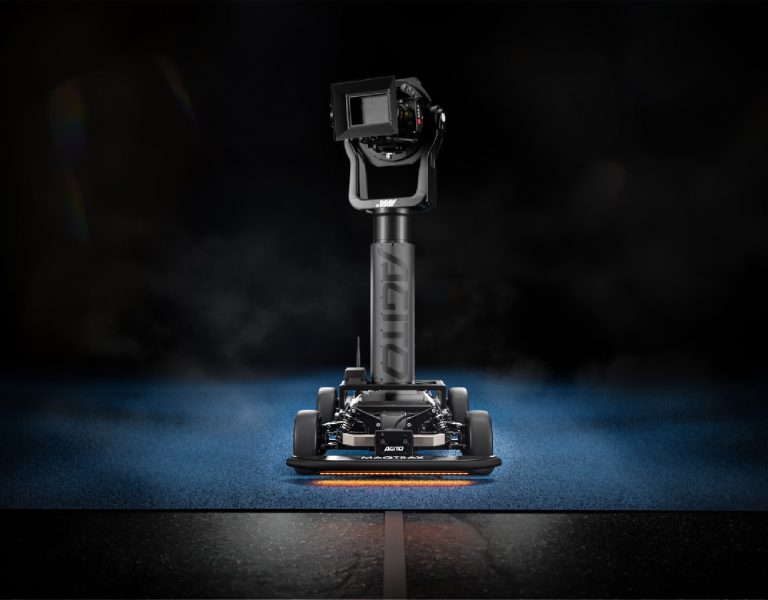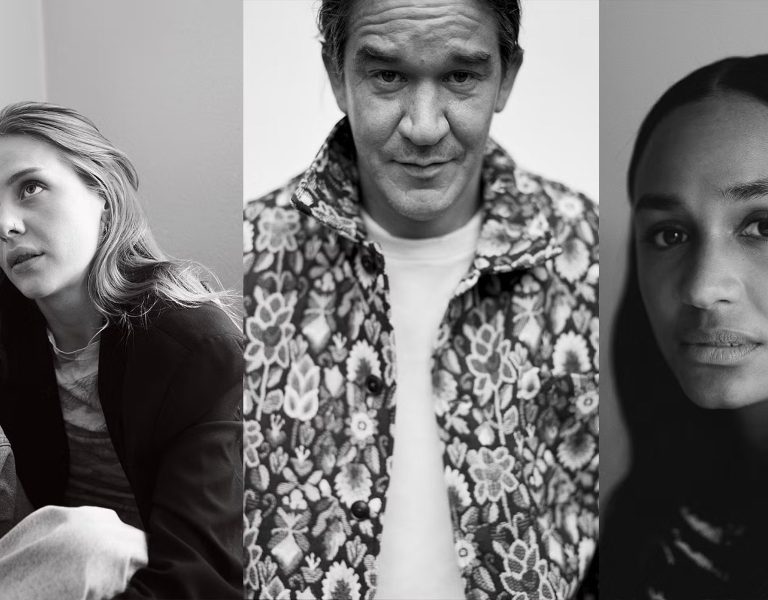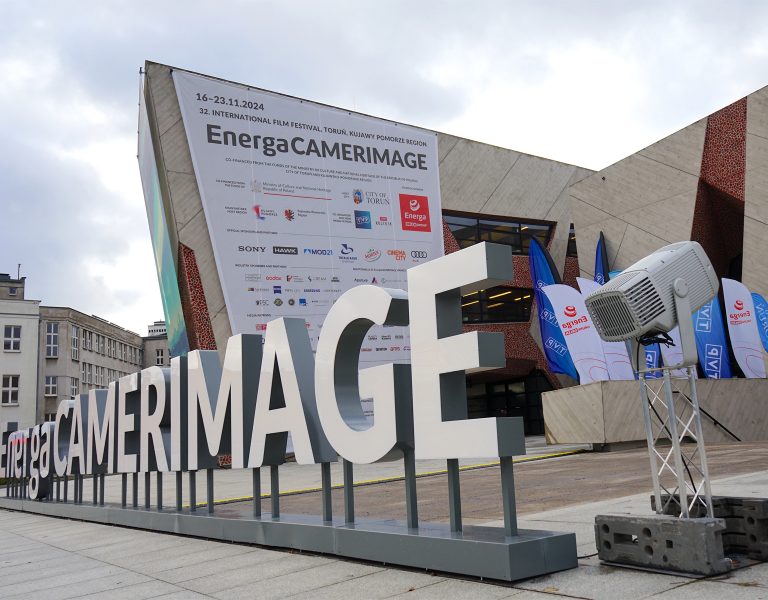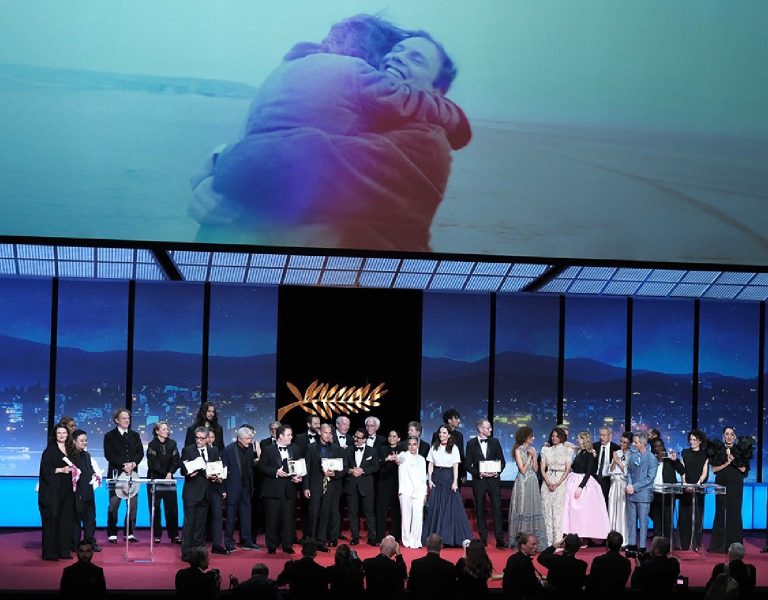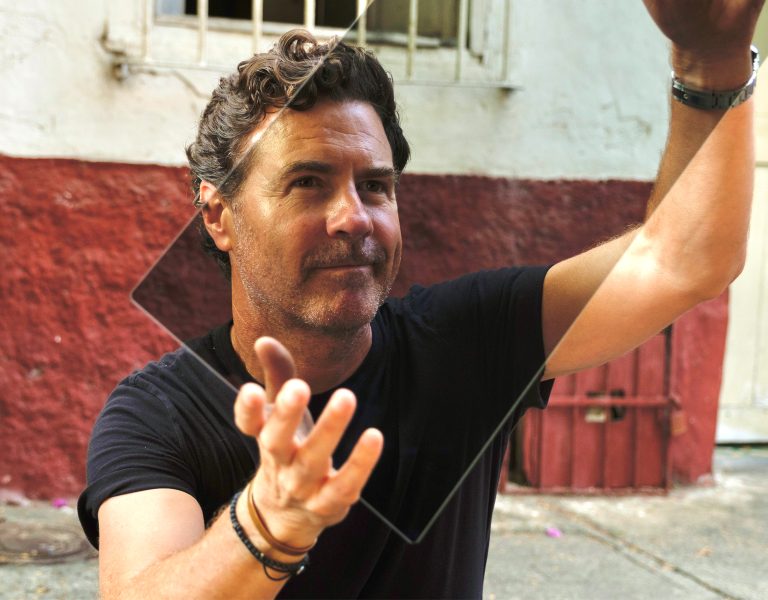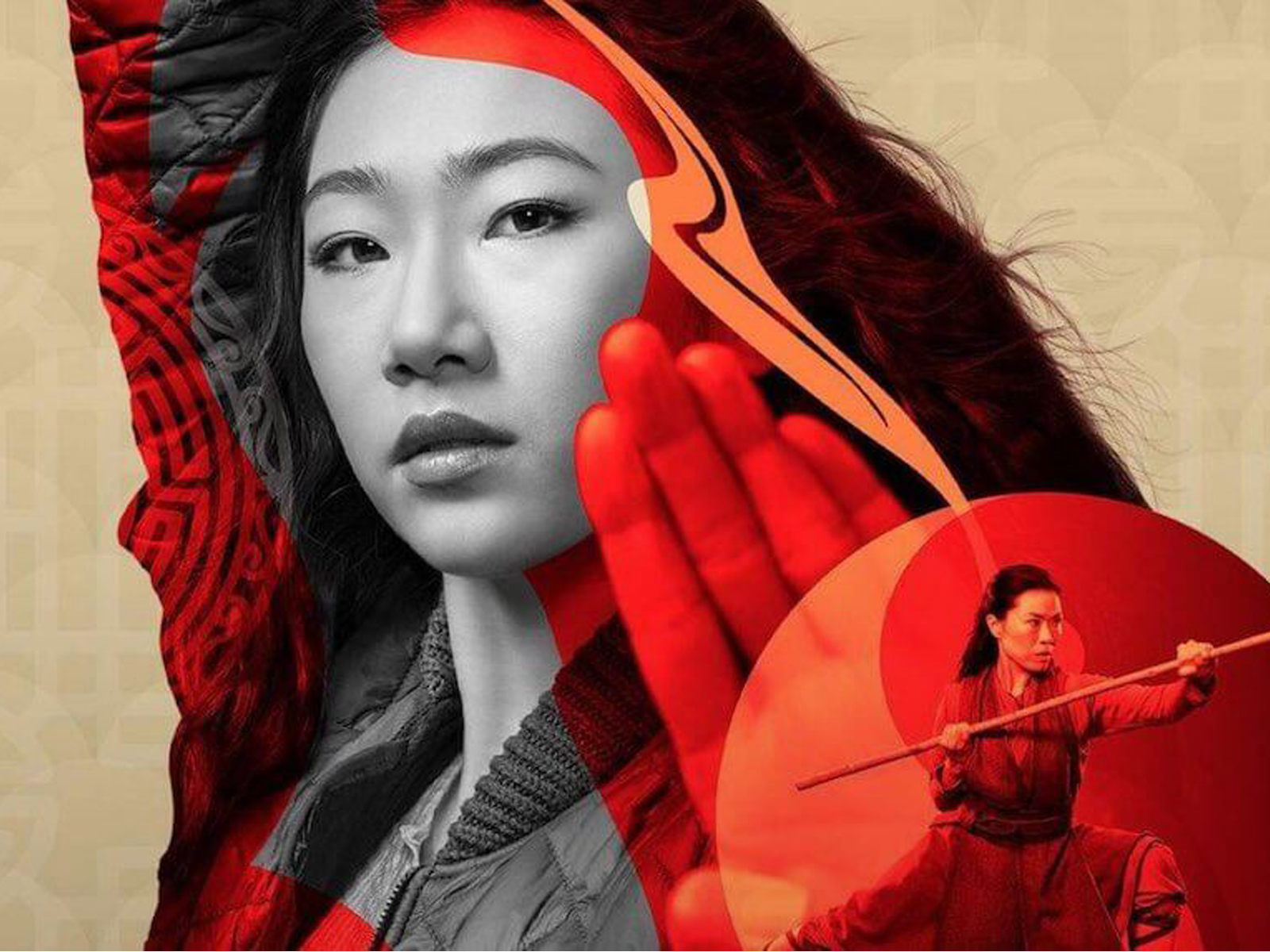
The CW original series Kung Fu follows the life-changing decision of Chinese American college student Nicky Shen (Olivia Liang) to trade her life as a student for one of martial-arts mastery, which she applies to cleaning up crime in her hometown of San Francisco.
The series was given its signature look by Season 1 cinematographers Lindsay George and Neil Cervin, CSC, NZCS, who worked with Panavision Vancouver to build an equipment package around Panavision G Series anamorphic optics and Panavised Alexa Mini cameras. That approach has continued through Kung Fu’s third season, which saw cinematographers Christopher Charles Kempinski and Geoff Wallace alternating episodes and expanding their palette to incorporate Primo Close Focus primes. Here, Kempinski and Wallace discuss the optical qualities that allowed the series to move in exciting new directions.
Panavision: How would you describe the look of the series?
Christopher Charles Kempinski: I consider it natural yet also somewhat forced. We like to bring the camera to the action or bring the action to the camera, and because of the need to be efficient during the fight sequences, I learned to light the room to give directors, the cast and the stunt team the freedom to move in the space. The production designer, Bridget McGuire, made that process simple and was always on board when designing sets and locations.
Geoff Wallace: I looked at it as maintaining a style that had been established by some great cinematographers ahead of me on this series. One of the greatest aspects of this show is the creative concept of developing different realms the characters visit, each with its own unique look and style. That’s where I found I was really able to be creative and give each realm its own feel visually.

Were there any particular visual references that provided inspiration?
Kempinski: The show itself is a grounded family drama with fighting. Season 2 really started exploring the spiritual and mystical aspects. That said, I set out to try to ground everything spiritual and fantastical in camera, with minimal VFX. Most of the references were from ancient Chinese folklore. The reds and blues from tablet art and ancient scrolls, along with the tones and framing, helped in shooting each scene and accenting our locations.
Wallace: For me it was about keeping the look and feel that has done this series well, established in Season 1 by Neil Cervin and Lindsay George, and continued in Season 2 by Lindsay and Chris. When it came to the realms, I let the script guide me and used references from movies past that I felt had a look that would work well with our story. For example, for the ‘Abandoned Wasteland,’ I used references like Jarhead, Three Kings and The Book of Eli.
What brought you to Panavision for this project?
Kempinski: I was brought into Season 2 by the very talented Lindsay George, who did the first season, and Joe Menendez, the producing director. The lenses and aspect ratio were established in the first season, but I couldn’t have been more thrilled. Panavision has supported me since my early transition to DP, and I know the quality of glass and service is capable of overachieving at the highest level. Also, the ability to modify or machine specific pieces to help make specific shots possible is invaluable. The compact periscope was one tool we kept for the run of the show. Knowing we could put a 17.5mm lens right on the ground allowed for some dynamic shot designs. Most low-angle prisms won’t let you use anything wider than a 40mm.
Wallace: Panavision is a world leader in our industry and always looking to advance our creative ambitions as cinematographers. One of the driving forces for using Panavision is the great selection of optics that are just not available anywhere else.

What optical characteristics did you see in the G Series that made them the right match for Kung Fu?
Kempinski: I love the look of these lenses. The trademark blue streak made our Season 2 finale what it was. The minimal breathing when focusing is ‘perfectly imperfect,’ to borrow a phrase Phil Lanyon [CSC] used when we were comparing Star Trek and Kung Fu. The lens distortion and pinpoint focus is just perfect, and how the background falls out and falls off is amazing. The look of the show is baked in with the G Series lenses — as soon as the lens is up on the camera, the look is there.
Wallace: The G Series lenses were a great option for us that worked well with all the creative realms while still maintaining a clean overarching look for the main storyline. They provide clean skin tones and a slight softness that takes the edge off the look of modern digital cameras.
Kempinski: For Season 2, we ordered a 35mm Primo Close Focus for a specialty shot, and Joe Menendez absolutely fell in love it. That’s when we began talking about a hybrid approach for Season 3. Adam Osten at Panavision Vancouver did a great job of sourcing a set of Close Focus Primos. We quickly established a style of blocking with the camera chasing the action or the action coming to the lens; the Primos became an essential part of this, allowing us to start wide, move the camera into an over-medium that would push to a close-up, and still leave room for the dramatic scene to push into an ECU at the end. They also helped with fight sequences, giving us an extra stop and change for slow motion and off-shutter. I need to give A-cam 1st AC Terry Garnett a shout out, as he was constantly using the entire focus wheel, starting at 50 feet and ending each shot at nine inch mins, nailing it every time. If you’re shooting in Vancouver, definitely check if he’s available!
How does this project differ from others in your career?
Wallace: As a cinematographer, a show like this is unique because it has everything, from fight scenes to love scenes, creative dimensions in some far-off realm to a walk-and-talk in the city. Every episode, you bring all your professional experiences to bear to creatively solve so many unique situations. It’s also a fantastic opportunity to work with Chris and bounce ideas off each other as to different ways to push creative concepts.
Kempinski: This project was different for me in the sense that the creators, Bob Berens and Christina Kim, had full faith in my many zany pitches, from infrared to putting mirrors in the deep background to flare the G Series glass. If there was a way for me to do a camera test and follow up with a concept show-and-tell, they would allow it — thanks, [producer] Ian Smith! — and embrace it. I was also very excited to work with [stunt coordinator] Andrew Chin and his incredible stunt team. I’d been able to do a lot of stunts in the past, but to do an entire show revolving around the kung fu art form really excited me.
I love the collaboration and the opportunity to work with directors from all different backgrounds. I love the process. Most importantly, I love telling stories with a camera and manipulating a sensor or film gate with lighting, an actor, and a good script.

–
Behind-the-scenes photos courtesy of the filmmakers, this article was shared with permission from Panavision.

